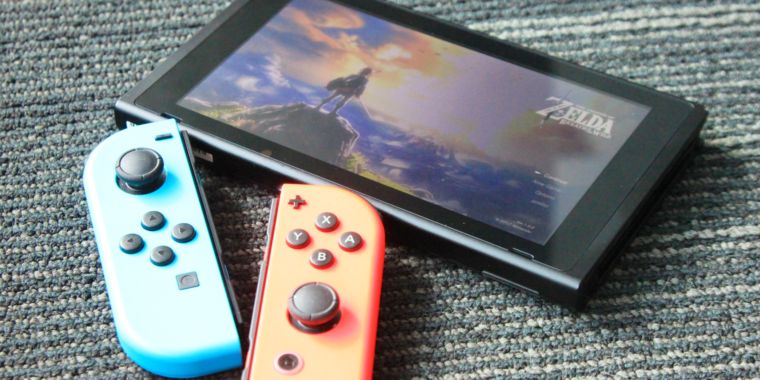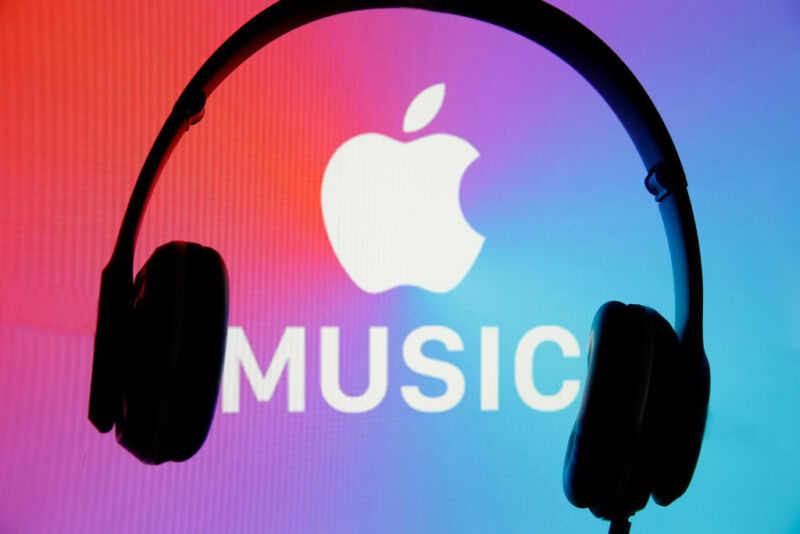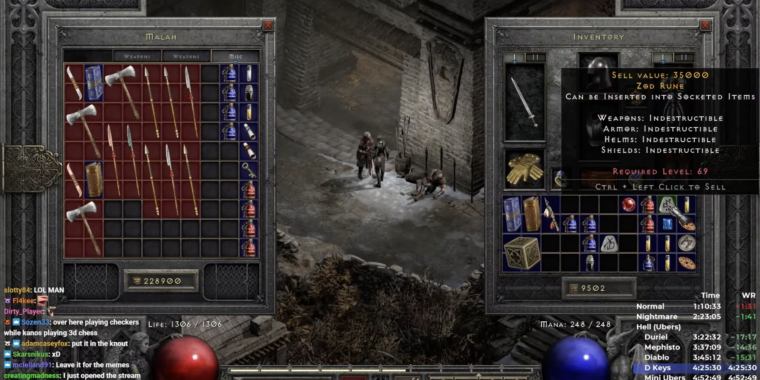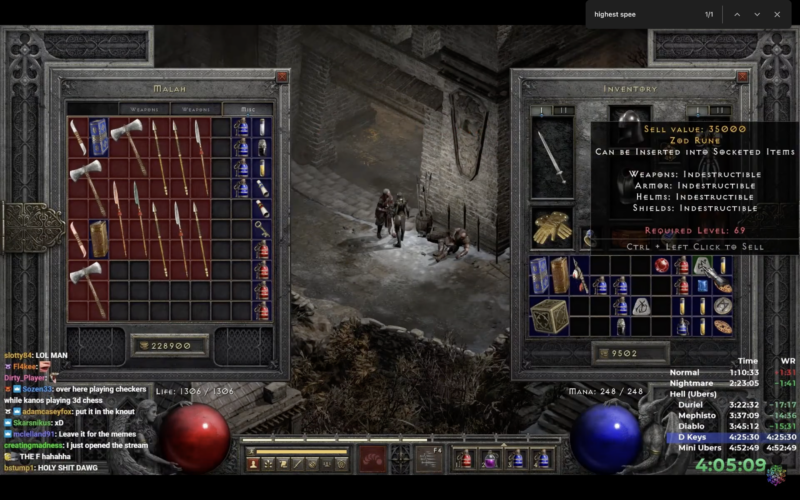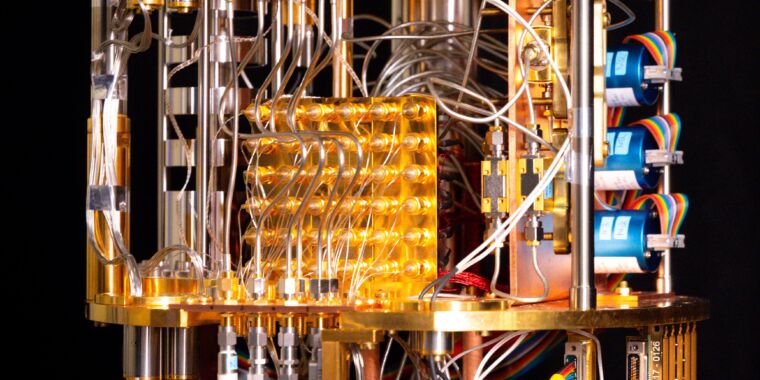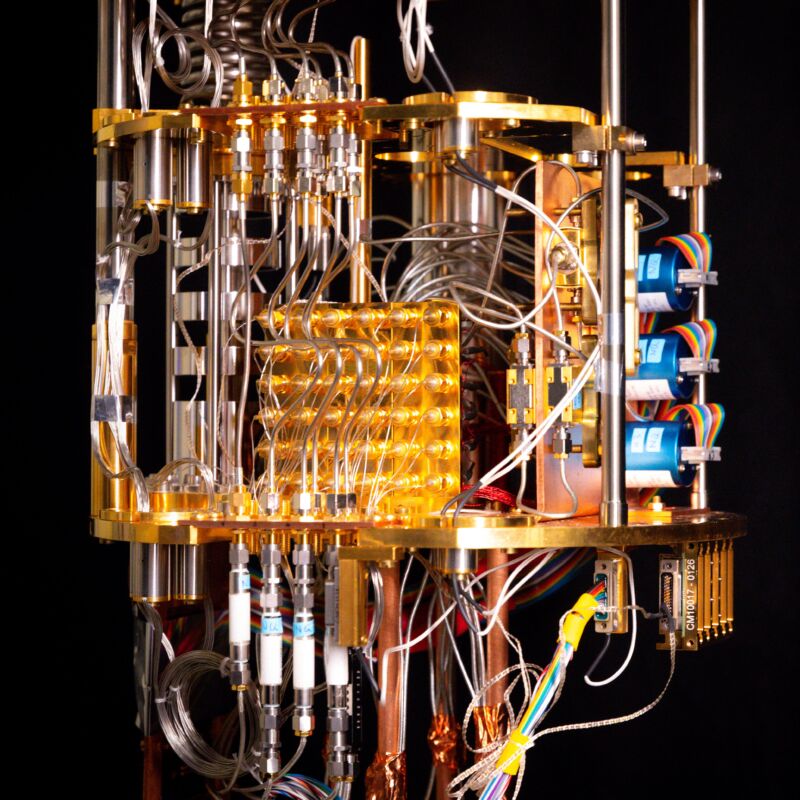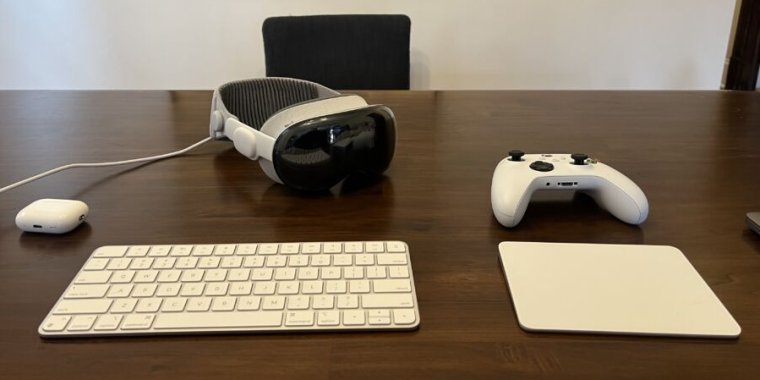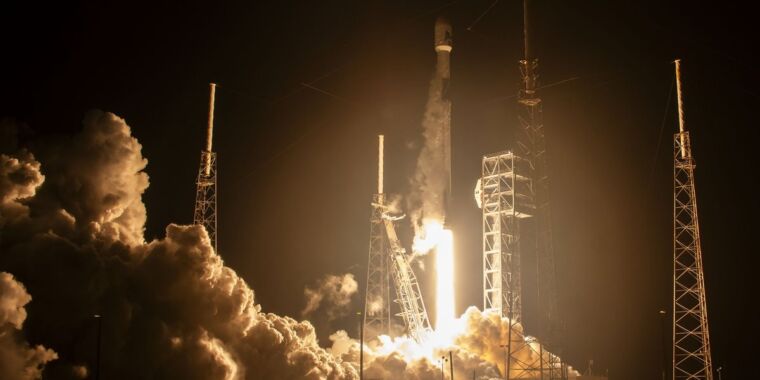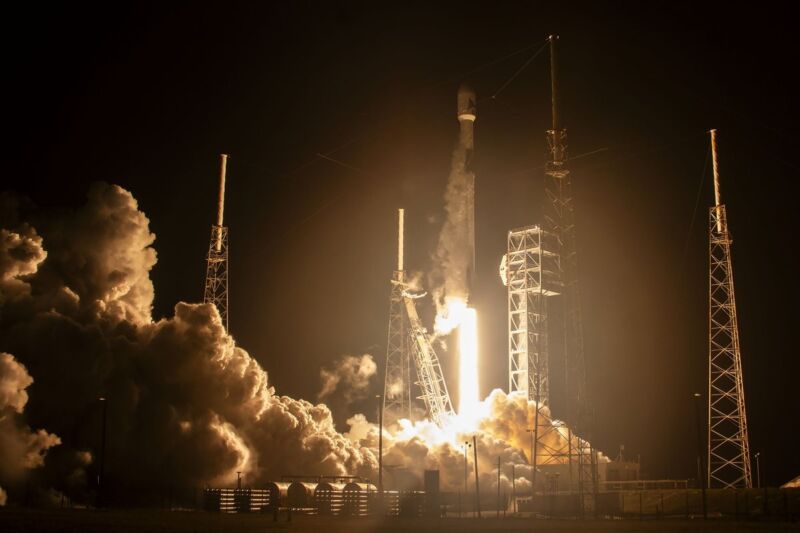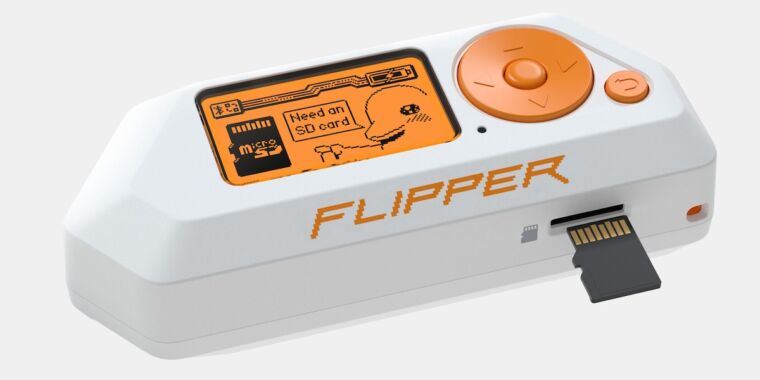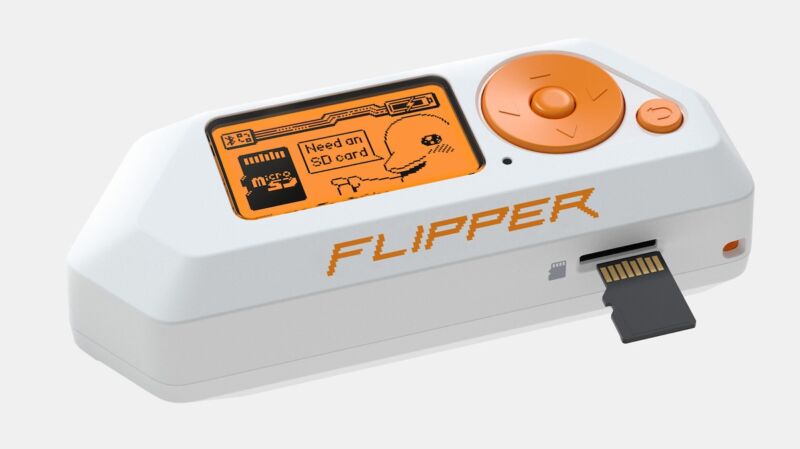Reports: Switch successor is now set for early 2025
Waiting is the hardest part —
Nintendo’s publishing partners were reportedly told of new plans last week.
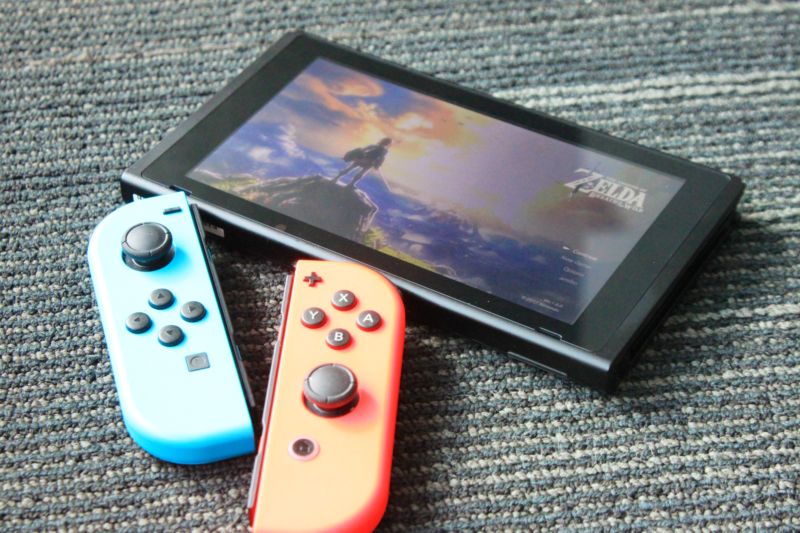
Enlarge / I took this photo nearly seven years ago, and I’m still waiting for a new game console from Nintendo.
Throughout 2023, we saw multiple credible reports that Nintendo was planning to release its long-awaited Switch follow-up sometime in 2024. Now, a new flurry of new reports say third-party developers have recently been advised that Nintendo’s next console is aiming for an early 2025 release.
Brazilian journalist Pedro Henrique Lutti Lippe was among the first to report on the new planned release window on Friday, and Video Games Chronicle expanded on that report the same day. The outlet cited its own sources in reporting that “third-party game companies were recently briefed on an internal delay in Nintendo’s next-gen launch timing, from late 2024 to early the following year.”
By late Friday, those reports had been corroborated by Eurogamer, which said the launch would slip past the 2024 calendar year “but still [be] within the coming financial year” (ending in March 2025). Over the weekend, Bloomberg cited unnamed “people with knowledge of the matter” in reporting that some publishers have been told “not to expect the console until March 2025 at the earliest.”
A quiet 2024?
One unnamed publishing source told Video Games Chronicle that the push for a 2025 hardware launch was “so that Nintendo could prepare stronger first-party software for the [upcoming] console.” That could be bad news for this year’s crop of upcoming Switch software, as Nintendo and other developers might adapt current Switch projects for the upcoming hardware instead. Thus far, Nintendo has only announced three first-party Switch titles that it plans to release this year, a list that includes two HD remakes of games from earlier console generations (though additional game announcements could come at any point).
“Nintendo is likely looking at a pretty dry pipeline this year,” Japanese industry analyst Serkan Toto told Bloomberg. “The company will still try to keep the blockbusters for the next console, so 2024 might see more remakes of old Nintendo hits. In any case, 2024 will be a lot tougher for Nintendo without a new device.”
Yet Nintendo still seems bullish about the current Switch, which was approaching 140 million cumulative sales through the end of 2023 despite never dropping its initial $300 asking price. Earlier this month, Nintendo raised its official expectations for hardware sales in the current fiscal year (which ends next month) from 15 to 15.5 million units.
An early 2025 launch for Nintendo’s next console would mark roughly eight years since the Switch’s March 2017 launch. That would be a historically long gap between home consoles for Nintendo, which has launched a new TV-based console every five or six years since the NES first hit North America in the mid-’80s. The Switch hit the market just four and a half years after the ill-fated Wii U, which failed to capture even a fraction of the Wii’s success.
An eight-year gap between consoles wouldn’t be unprecedented in the history of Nintendo portable hardware, though. Nintendo waited over nine years after the Game Boy’s 1989 release before unleashing the Game Boy Color on the market.
Shares in Nintendo on the Japanese stock market dropped nearly 6 percent in Monday trading after rising to their highest price point since the summer of 2021. Nintendo has not publicly commented on any plans for new gaming hardware, though the company has offered vague hints regarding its plans for backward compatibility going forward.
Reports: Switch successor is now set for early 2025 Read More »
